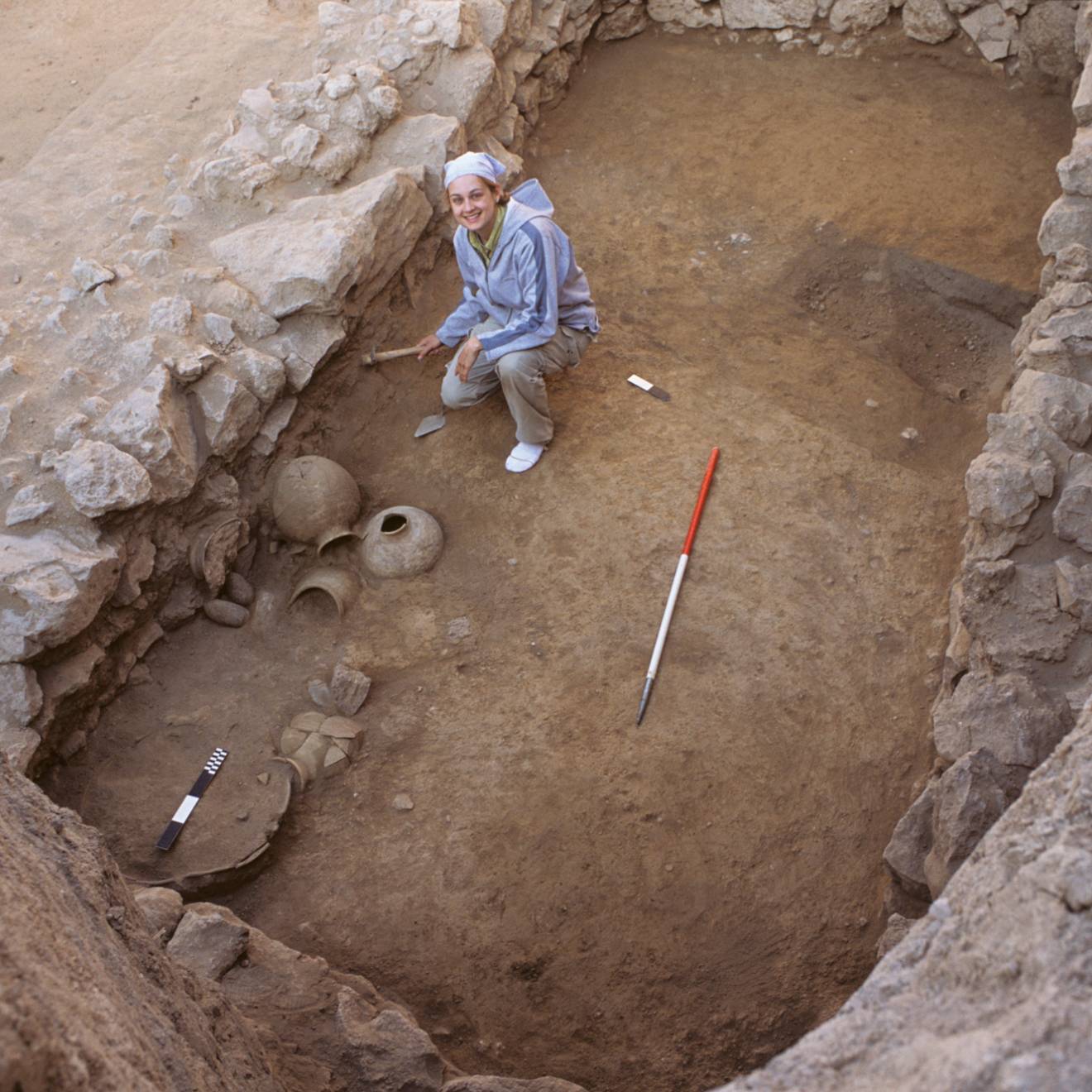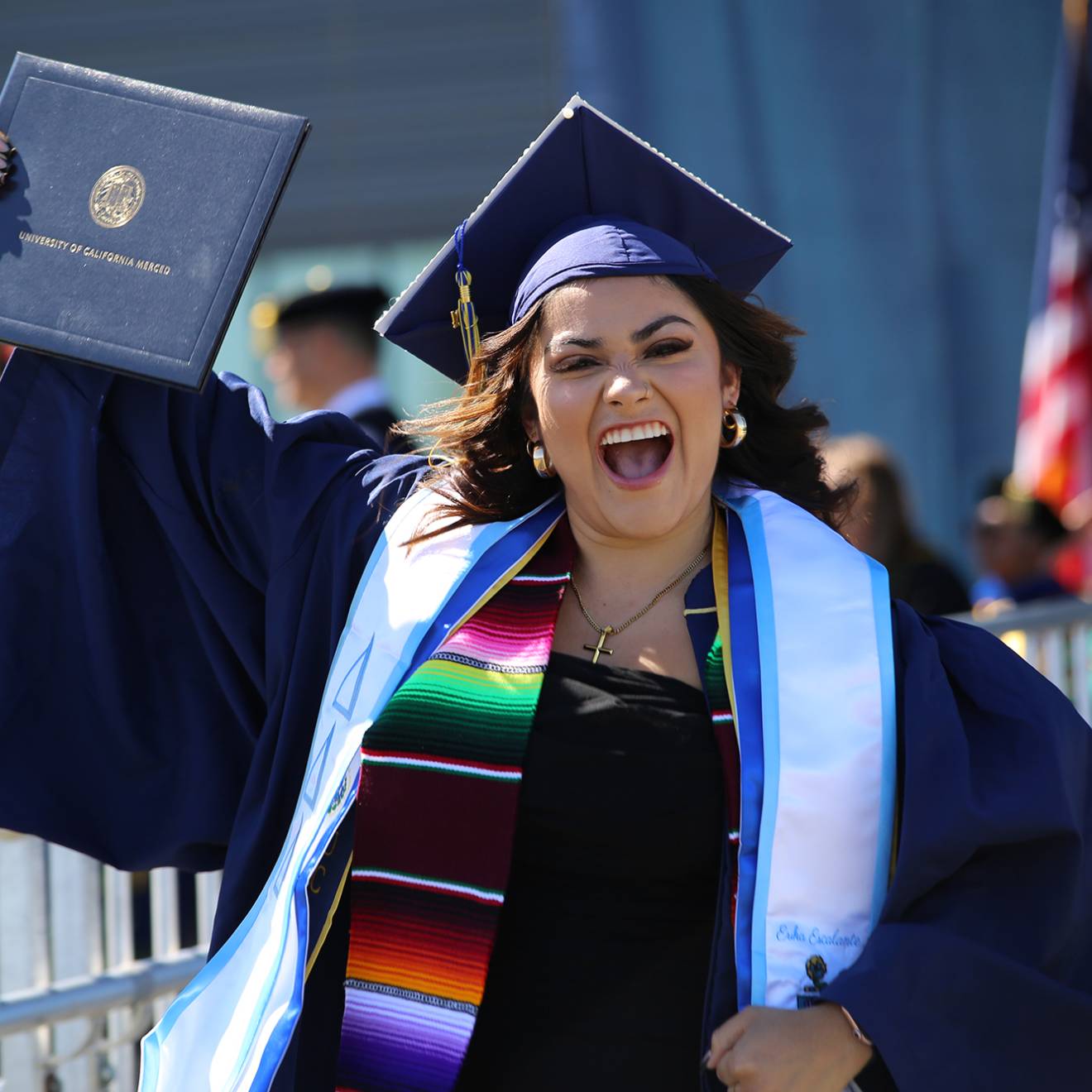Ioana Patringenaru, UC San Diego
A team of computer scientists at the University of California, San Diego, has developed a software package that allows users to learn how to program while playing the popular video game Minecraft.
LearnToMod, which allows users to make a wide range of modifications to Minecraft, is available for pre-order for $30. The software will be delivered in October.
LearnToMod is the brain child of Stephen Foster, a Ph.D. student in computer science at the Jacobs School of Engineering at UC San Diego, and Lindsey Handley, a biochemistry Ph.D. student at UC San Diego. The pair co-founded ThoughtSTEM, a company that offers programming classes for children ages 8 to 18 in San Diego, with UC San Diego computer science Ph.D. student Sarah Esper.
“Our goal is to teach kids computer science while they’re having fun,” said Foster.
Programming 101
The LearnToMod software is essentially a textbook that covers all introductory programming concepts, Foster said. Users will be learning programming languages, such as Javascript, the essential language of the Web. They also will learn key computer science concepts, such as loops, functions, Boolean logic, variables and parameters.
Foster plans to present a paper on the program at the 2015 Computer Human Interaction conference in Seoul, South Korea, in April 2015.
LearnToMod is Web-based and can run on both PCs and Apple computers that run Windows, iOS and even Linux. The software will give users access to a modding studio, where they can code their own modifications to Minecraft, known as mods. Users can choose between two programming languages, Javascript or Google’s Blocky language. They can also share their code with others and remix code that others have written. In addition, users get access to a private testing area, or server, where they can run the mods they have created. Users control the weather, time or day and access for other users on the server.
For example, users can recreate the popular video game Tetris or a scalable model of a Rubik’s Cube inside of Minecraft. They can also program specific events, such as lightning strikes and create a mod that allows them to punch Minecraft blocks and send them flying. They can also create dungeons and program a mini multi-player capture the flag game, among other functions.
College credit
Users who don’t know how to code get access to hundreds of video lessons, puzzles and quizzes. As they learn, they can unlock badges. For an additional fee, students can take online courses that allow them to earn University of California college credits — no matter their age. Students in the online classes get support via email, chat, Google hangouts and even meetings in Minecraft. They get weekly assignments to complete and video lectures to watch. Online classes start in October and are run by UC San Diego Extension.
“These credits show admission reviewers that students have been taking classes outside of high school and have done work at the college level,” said Edward Abeyta, director of K-16 programs at UC San Diego Extension. “They have been evaluated on learning outcomes in a UC San Diego course.”
Abeyta added that he expects the online courses to fill up quickly.
Foster and Handley got the idea for the software package while teaching programming classes at ThoughtSTEM. Many of their students, including girls, would show up with Minecraft T-shirts and talk about their love of the game. Foster and Handley saw this is a unique opportunity to get students excited about coding. They have tested LearntoMod in ThoughtSTEM’s classes and student feedback has been extremely positive.
The LearnToMod team also includes computer science undergraduate Tennyson Holloway and alums Kelly Chinh and Rosanne Luu.
Foster and his team have made a successful foray into educational video games before. With Esper, the other ThoughtSTEM co-founder, they have developed CodeSpells, a first-person computer game that teaches its users how to program in Java. The game, released in April 2013, has been downloaded more than 10,000 times and is being used in schools around the United States and throughout the world.

